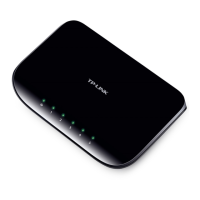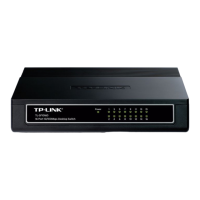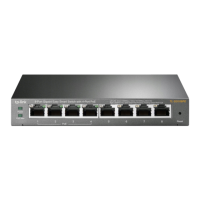User Guide 36
Monitoring Monitoring
1
Monitoring
1.1 Overview
With the monitoring feature, you can monitor the traffic on the switch.
1.2 Supported Features
Port Statistics
Port Statistics is used to display the information of each port, which facilitates you to
monitor the traffic and locate faults promptly.
Port Mirror
Port Mirror is used to monitor network traffic by forwarding copies of incoming and
outgoing packets from one or multiple ports (mirrored ports) to a specified port (mirroring
port). Generally, the mirroring port is connected to a data diagnosis device, which is used
to analyze the mirrored packets for monitoring and troubleshooting the network.
Cable Test
This switch provides cable test to diagnose the connection status of the cable connected
to the switch and the distance to the problem location, which facilitates you to locate and
diagnose the trouble spot of the network.
Loop Prevention
With loop prevention feature enabled, the switch can detect loops using loop detection
packets. When a loop is detected, the switch will block the corresponding port
automatically.

